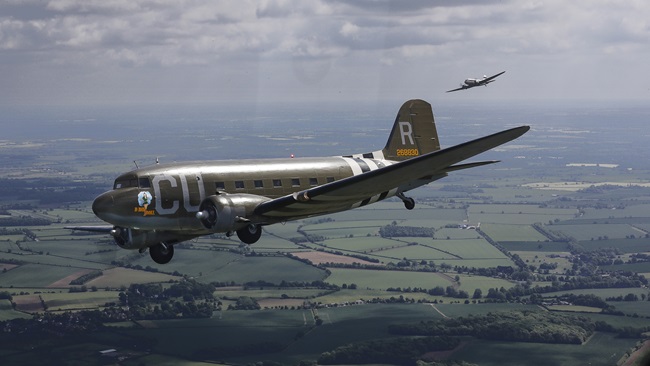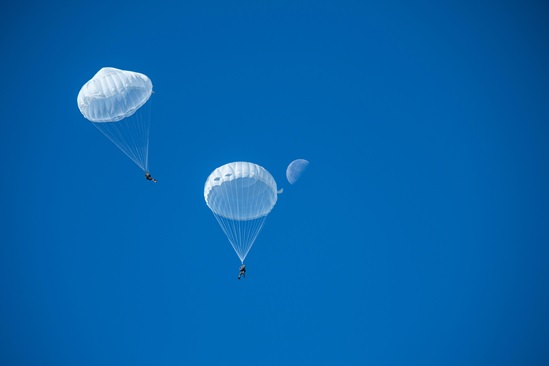From now on, Lancair will equip its Evolution kitplanes with BRS Aerospace’s ballistic recovery parachute system as standard equipment. BRS president Boris Popov said that there will be no deployment limits for the four-seat composite turboprop single. That includes no minimum altitude.
“No matter what your altitude or airspeed, if you’re in trouble, pull the chute,” Popov said. The parachute harness, while similar to those used in piston singles, has been beefed up to build in a safety margin for the 4,550-pound, 300-knot airplane. The BRS system weighs 80 pounds.
A redesigned, pitot-style cowling is also being installed for the Evolution’s 750-shaft-horsepower Pratt & Whitney PT6A-135A engine. The lower cowl has been modified by moving its engine air entry inlet forward. The new inlet is now located a mere ¾-inch from the propeller arc. This more efficient design will recover an extra 100 pounds of torque at takeoff power settings, make for cooler oil temperatures, and boost cruise speed.
“The Evolution will now definitely be a 300-knot airplane,” said Doug Meyer, Lancair International’s Director of Marketing and Sales. “Before, max cruise speeds were sometimes more like 280 to 290 knots.”
New Evolutions can also be equipped with optional, $5,400 BE Aerospace pneumatic deice boots. For those wanting to fly out of unimproved strips, optional large tires can be ordered for an extra $5,000.
The new cowls and BRS systems push the base price of an Evolution to $1.2 million, and will be installed in Evolutions beginning with serial number 70. Add the cost of a builder to help assist you in completing this ambitious kit and prices can reach $1.45 million. Completion times typically run eight months, Meyer said.
In other news, Lancair’s display at AirVenture featured an “optionally piloted” Evolution designed by Premier Flight Sciences. This prototype airplane can be flown by a right-seat pilot flying via fly-by-wire controls, or by datalinked, remote fly-by-wire controls—making this Evolution surely the largest nonmilitary unmanned air vehicle.



